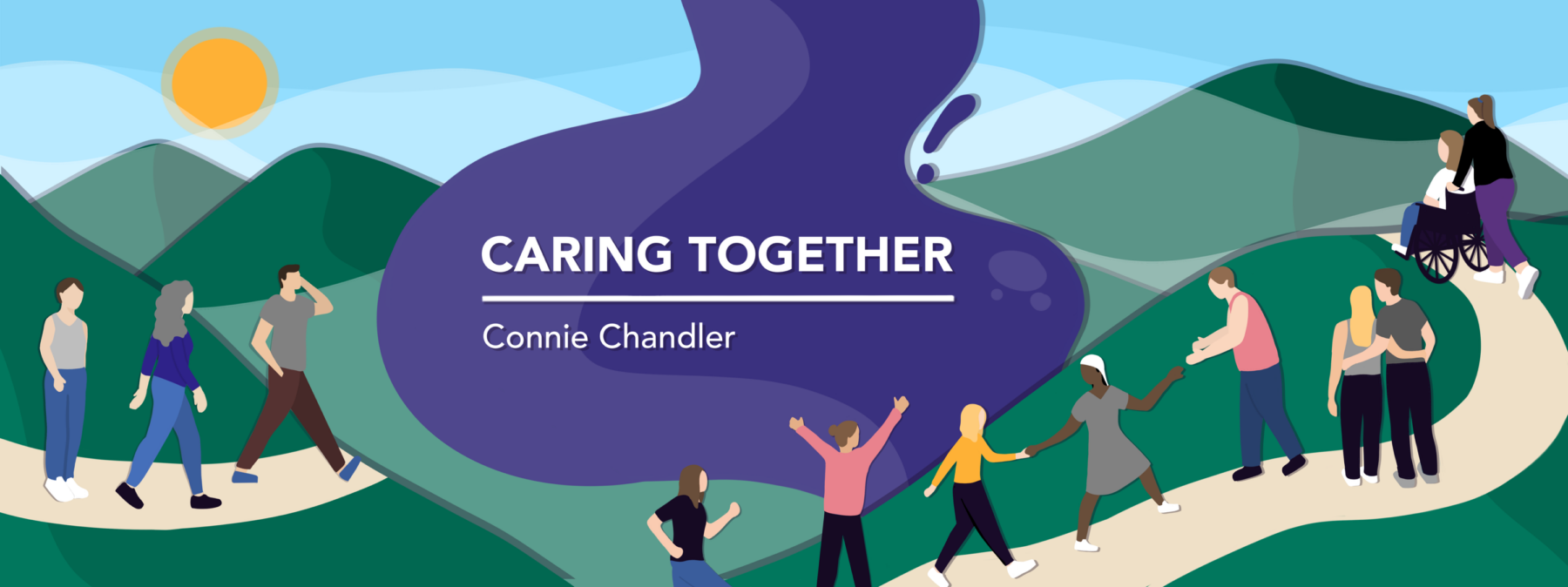To find a team of caregivers, I had to rethink my ‘ideal’ criteria
Thinking outside the box allowed me to find unexpected assets
Written by |

In my favorite movie of all time, “The Princess Bride,” there’s a scene I love because I can relate to it and have learned a valuable life lesson from it. And today I’m going to share it with you.
The three heroes are on the castle wall assessing the challenge that lies before them: taking on a brute squad of 60 men with only Westley’s brains, Fezzik’s strength, and Inigo’s steel (sword) as their weapons. Westley declares it impossible, and mutters something about the desire for a wheelbarrow. Inigo and Fezzik recall that they actually do have access to a wheelbarrow, and Westley, exasperated and annoyed, says, “Why didn’t you list that among our assets in the first place?”
As an adult living with SMA, I manage my own caregiving team to help me do personal care, maintain my house, and thrive in my community. Too often, I’ve narrowed my list of possible caregivers to certain criteria that I think are best. When I was in college, the ideal was that they be young, strong, single, unemployed, and medically experienced (or at least in training), and it was pretty easy to find plenty of people who met those qualifications.
But the post-college years became tricky; weddings meant that caregivers had someone else they needed to prioritize, and those who were medically minded were getting high-demand jobs with long hours and didn’t have the time or energy anymore.
I kept trying to replenish this pool of potential helpers, but they kept getting married, getting jobs, and moving on, so my options grew scarce. Plus, the older I got, the wider the generational gap grew, and the harder it was for me to relate to women who were 20 years younger than me. It took a long and lonely season for me to allow myself to consider revising my criteria.
What if they aren’t young? My mom took care of me, so why couldn’t other women who are older than me do the same? Actually, there are huge benefits to having retired women on my care team: They have more flexibility in their daytime schedule, and they’re more mature and responsible. In my experience, they’re great at tasks like preparing meals, doing laundry, and running errands, things that I need help with and that aren’t too physically demanding for them.
What if they’re not strong? I found that the older I (and my caregivers) got, the riskier it became to depend on people lifting and transferring me from my wheelchair. So I got a track lift system to do all the heavy lifting for us. My brilliant dad also designed and built a similar lift that’s portable to use when I’m away from home. These lifts protect me from getting dropped or jostled, but they also protect my friends and family from hurting their backs.
What if they’re married? I’ve come to learn that marriage doesn’t have to be the end of a caregiving relationship, but it does mean that my expectations need to change. I try to be sensitive and respect my married friends’ time and other commitments at home, so we plan ahead for the times they can help, allowing them to also coordinate with their spouses.
What if they’re employed? It’s good to be aware of not only a person’s work schedule, but also their capacity during their time off. I have teacher friends who come over after school and other 9-to-5 workers who stop by in the evenings or on the weekends. They provide a great balance to my team, if I have retired or stay-at-home mom friends who are with me during the day.
What if they’re not medically experienced? Interestingly, the majority of my care team members are not medical professionals. That means taking the time to train them in the things I need help with; now they call themselves “Connie professionals.”
I’m grateful for the diversity of my caregiving team and for the ways my friends work together to honor their strengths, compensate for weaknesses, and balance their time and commitment to me. In this way, not only do they care for me, but they care for each other, as well.
So, fellow disabled friends, look around you and think outside the box! There may be people nearby who would be surprisingly exceptional caregivers, if you just ask and give them a chance. When Inigo and Fezzik looked beyond their most obvious assets, they found unexpected resources and aids that were readily available, and it was exactly what they needed to save the day.
Note: SMA News Today is strictly a news and information website about the disease. It does not provide medical advice, diagnosis, or treatment. This content is not intended to be a substitute for professional medical advice, diagnosis, or treatment. Always seek the advice of your physician or other qualified health provider with any questions you may have regarding a medical condition. Never disregard professional medical advice or delay in seeking it because of something you have read on this website. The opinions expressed in this column are not those of SMA News Today or its parent company, Bionews, and are intended to spark discussion about issues pertaining to spinal muscular atrophy.






Leave a comment
Fill in the required fields to post. Your email address will not be published.